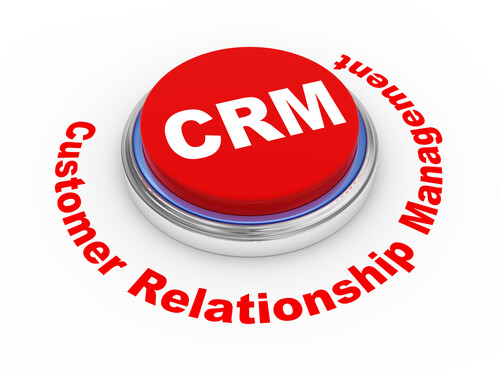It may be difficult to register, but traditional CRM solutions have been around for 15-20 years (Siebel Systems was founded in 1993 and Salesforce.com in 1998). Since then, they have evolved from simple contact management solutions to sophisticated commercial databases, branching out to marketing, customer support, accounting and more.
In their development, these solutions have also migrated to the cloud which has facilitated their connection to popular web services (e.g. LinkedIn and Twitter) and complementary B2B applications. They have become enterprise platforms at the heart of a company?s internal and external processes.
What is bizarre is that the user interfaces of these solutions have remained stuck in the 1990s: tables, pie charts, report builders are commonplace, as are simple views on the central database whose only value is the raw information they contain.
This data visualization weakness has serious consequences:
- Adoption. People have become used to the sleek user interfaces of leading web 2.0 services (e.g. Facebook, LinkedIn, and Twitter). They are using these interfaces in their everyday lives and so they expect the same user-friendly designs from their professional tools. As a result, they are often disappointed to remain stuck in ?spreadsheet world? with their CRM solution. This frequently results in severe adoption issues for traditional CRM solutions, which require additional training, customization and monitoring. This also has a big negative impact on the ROI of the original CRM investment.
- Data quality. The reluctance to use old-fashioned interfaces translates into sparser updates. This is bad enough from an administrative perspective but mostly it means that traditional CRM solutions cannot realize their full business intelligence potential. For example, how can a CRM solution improve sales forecasting if opportunity closing dates are systematically outdated? Improving ?economic? CRM data quality through better user interfaces is a major challenge for the coming years.
- Decision support. Traditional CRM solutions tend to distinguish administrative interfaces (used for data input and consultation) and analytical interfaces (used for reporting and management). As a result, ordinary CRM users (typically sales representatives) rarely consult the dashboards and reports that their managers took so long to build. They don?t use the wealth of information contained in their commercial database to clarify their priorities and are left with the perception of CRM solutions as an enforcement tool for management.
We believe these negative consequences of poor data visualization can be avoided. Modern web technologies (e.g. HTML5, JavaScript) have simplified the development of dynamic user interfaces. In the context of CRM solutions, they can be leveraged in three areas.
- Mental models. Decision theory shows that visualizing abstractions enables people to make better decisions. For example, visualizing a timeline increases the accuracy of expected closing dates. This is why CRM solutions should do a better job of respecting the mental models of sales reps and managers. A pipeline is a pipeline, and sales representatives should update opportunities by literally grabbing the corresponding object in the CRM solution and moving it to the right pipeline stage.
- Visual alerts. Simple visual alerts, appearing in context, should replace as many dashboards and reports as possible. Would you take a plane whose flight controls were located in one compartment and navigational instruments in another? It just doesn?t make sense!
- Playability. ?Gamification? is the buzzword of late. We believe that sales reps and managers will quickly lose interest in leaderboards and point systems. An improvement to traditional CRM solutions would result from the implementation of game design principles into their information architecture, such as progressive information display, visual but non-intrusive alerts and clear feedback loops.
New entrants on the CRM software market have started to implement these ideas, but the larger players haven?t spent enough time improving the visualization of their products. Instead, they have focused on other development opportunities (e.g. social). That may be good for their current share price but delays the interface upheavals that will be critical if they intend to maintain their relevance in the industry.
image: CRM/shutterstock









